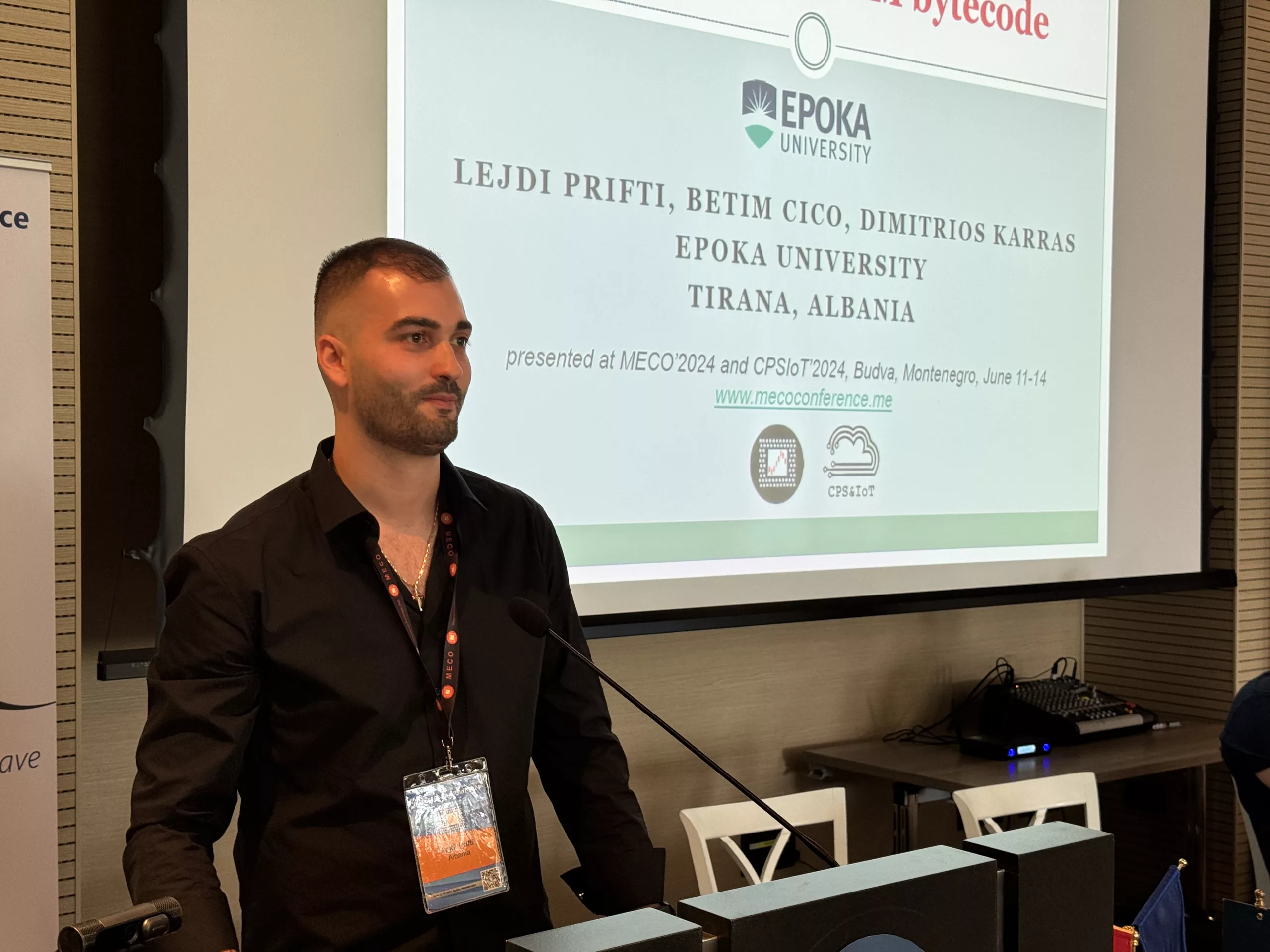# Convert labels to binary vectors
import numpy as np
def labels_to_binary(y, num_labels):
"""
Converts the labels into binary format depending on the total number of labels,
for example: y = [1,4], num_labels = 5, y_binary = [0,1,0,0,1,0]
"""
y_binary = np.zeros((len(y), num_labels), dtype=float)
for i, label_indices in enumerate(y):
y_binary[i, label_indices] = 1
return y_binary
num_classes = len(np.unique(np.concatenate(training_slither)))
train_labels_binary = labels_to_binary(training_slither, num_classes)
valid_labels_binary = labels_to_binary(validation_slither, num_classes)
test_labels_binary = labels_to_binary(test_slither, num_classes)
def transform_labels_to_dict(labels_binary):
labels_dict = {}
for index in range(num_classes):
labels_dict[f'{index}'] = []
for labels in labels_binary:
for index, label in enumerate(labels):
labels_dict[f'{index}'].append(label)
return labels_dict
validation_dict = transform_labels_to_dict(valid_labels_binary)
train_dict = transform_labels_to_dict(train_labels_binary)
test_dict = transform_labels_to_dict(test_labels_binary)


